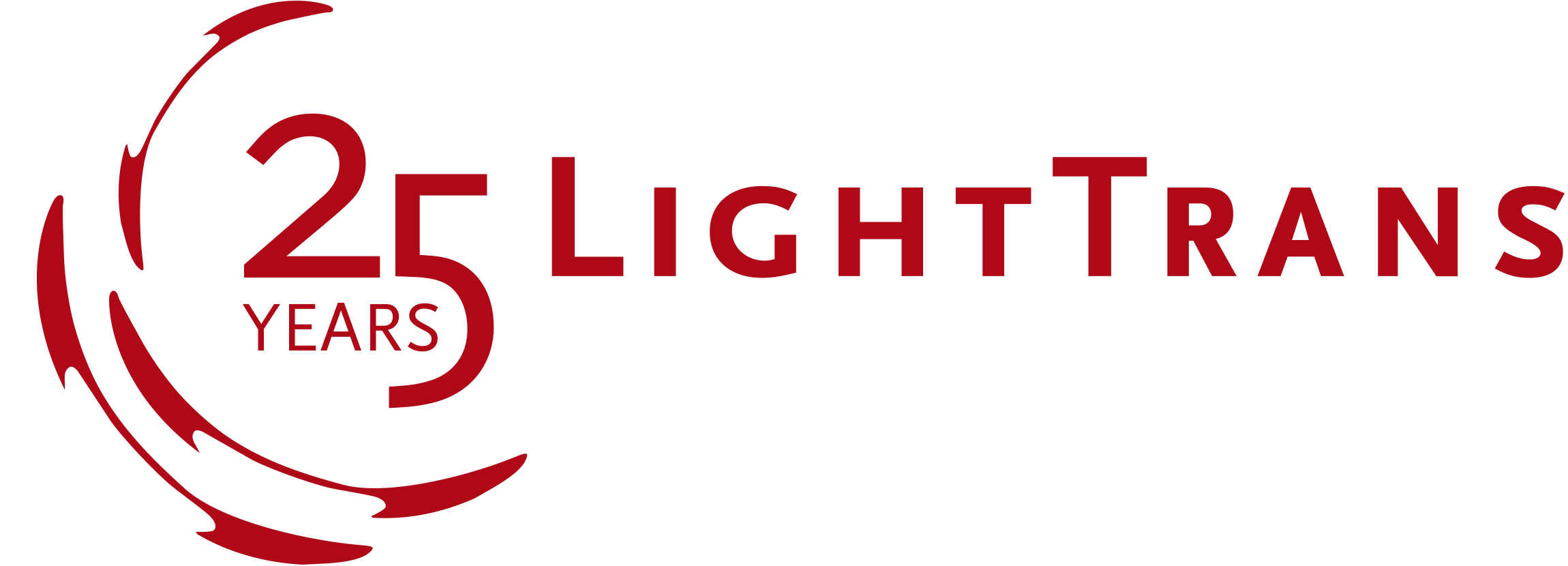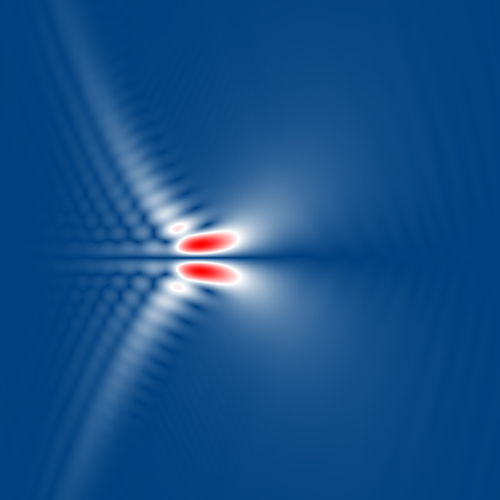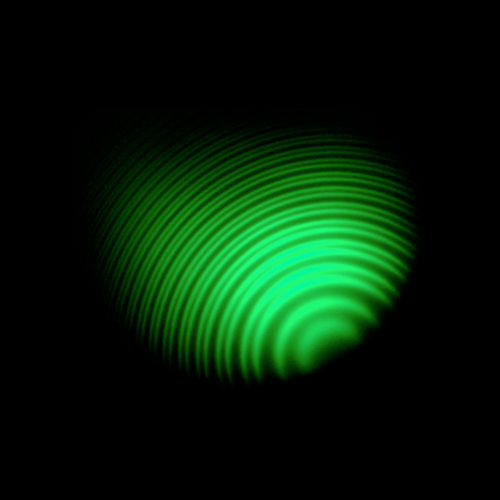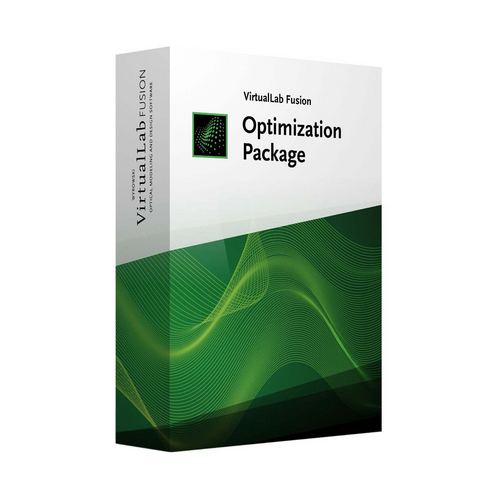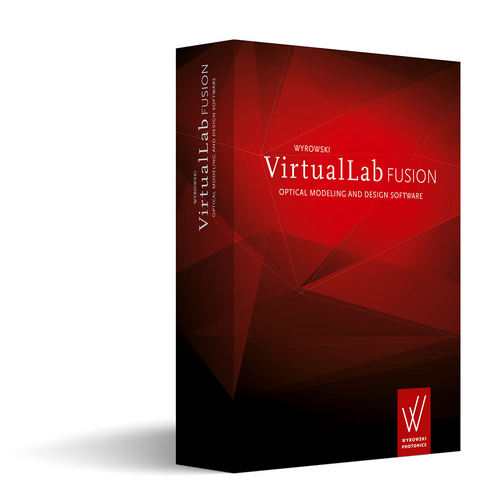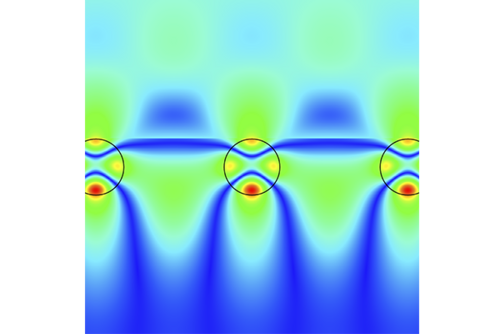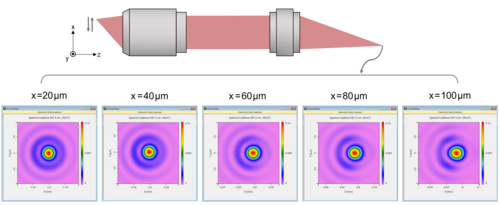What’s new in our Optical Modeling and Design Software?
Get Ready To Take Your VirtualLab Fusion Skills To The Next Level !
We are so excited to see what this year has in store for our incredible optics community! Exhibitions, Conferences, Talks and Webinars that lie ahead are going to be incredible learning experiences and offer fascinating insights.
In particular, our four online training sessions are an absolute must.
Secure your place now and improve your knowledge and skills using VirtualLab Fusion!
Don't Miss Our Upcoming Events in May 2024
May has begun, and we are looking forward to all the amazing events that are coming up in the optics community! You will get the chance to learn about our latest powerful technology at a variety of trade fairs, exhibitions, conferences, talks, and webinars.
Don't miss out!
High-NA Microscopy for Revolutionary Imaging
High numerical aperture (NA) microscopy revolutionizes our ability to probe biological structures with unprecedented clarity and precision. By harnessing the principles of optics, microscopes with numerical apertures that surpass traditional limits excel in capturing intricate cellular architectures, dynamic molecular interactions, and subtle nanoscale phenomena. Whether unraveling the mysteries of cellular dynamics or delving into the intricacies of nanomaterials, high NA microscopy empowers scientists to push the boundaries of exploration and discovery in the microscopic world.
VirtualLab Fusion, the optical modeling and design software, provides optical engineers with a comprehensive suite of interoperable simulation algorithms consolidated onto a single platform. This empowers engineers to thoroughly explore optical systems, like these powerful high-NA microscopes, encompassing all relevant effects, and equips them with the necessary tools for comprehensive investigation.
